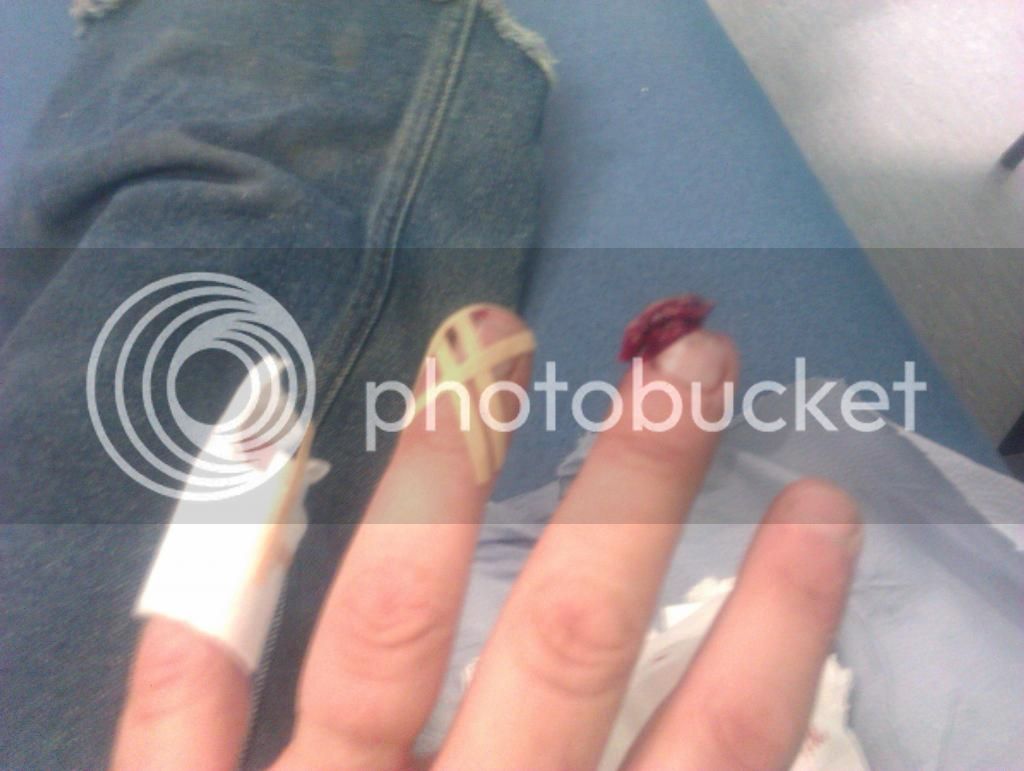Jmac80
Established Member
Hello All
Looking to get some decent push blocks to use with my planer/thicknesser, the ones i have just slide on the wood, no grip at all.
What ones do you guys have? Make your own?
The grr-rip push block ones seem very popular over the pond but we don't seem to have them here?
http://www.microjig.com/products/grr-ri ... ndex.shtml
Cheers
Looking to get some decent push blocks to use with my planer/thicknesser, the ones i have just slide on the wood, no grip at all.
What ones do you guys have? Make your own?
The grr-rip push block ones seem very popular over the pond but we don't seem to have them here?
http://www.microjig.com/products/grr-ri ... ndex.shtml
Cheers



































